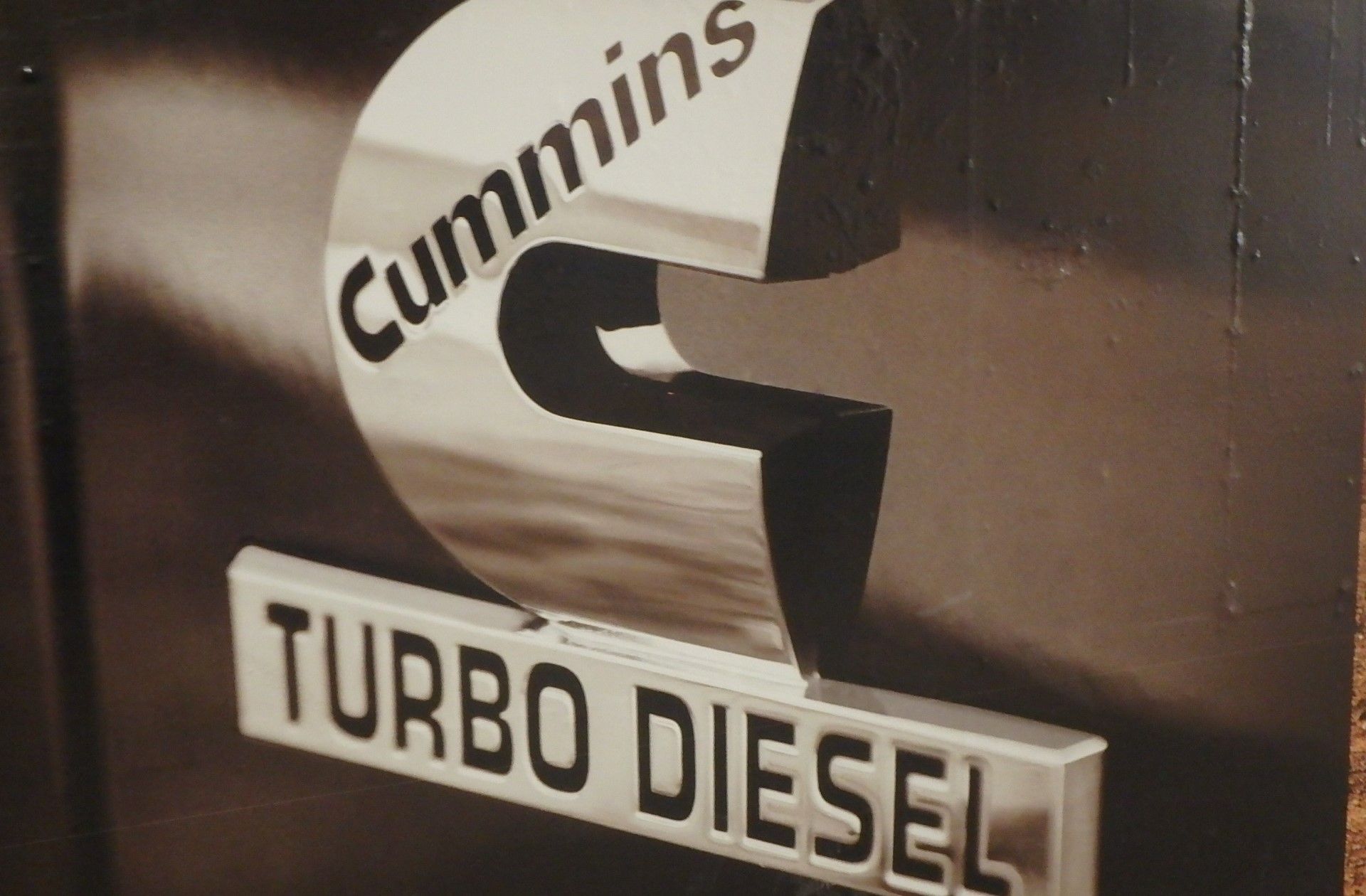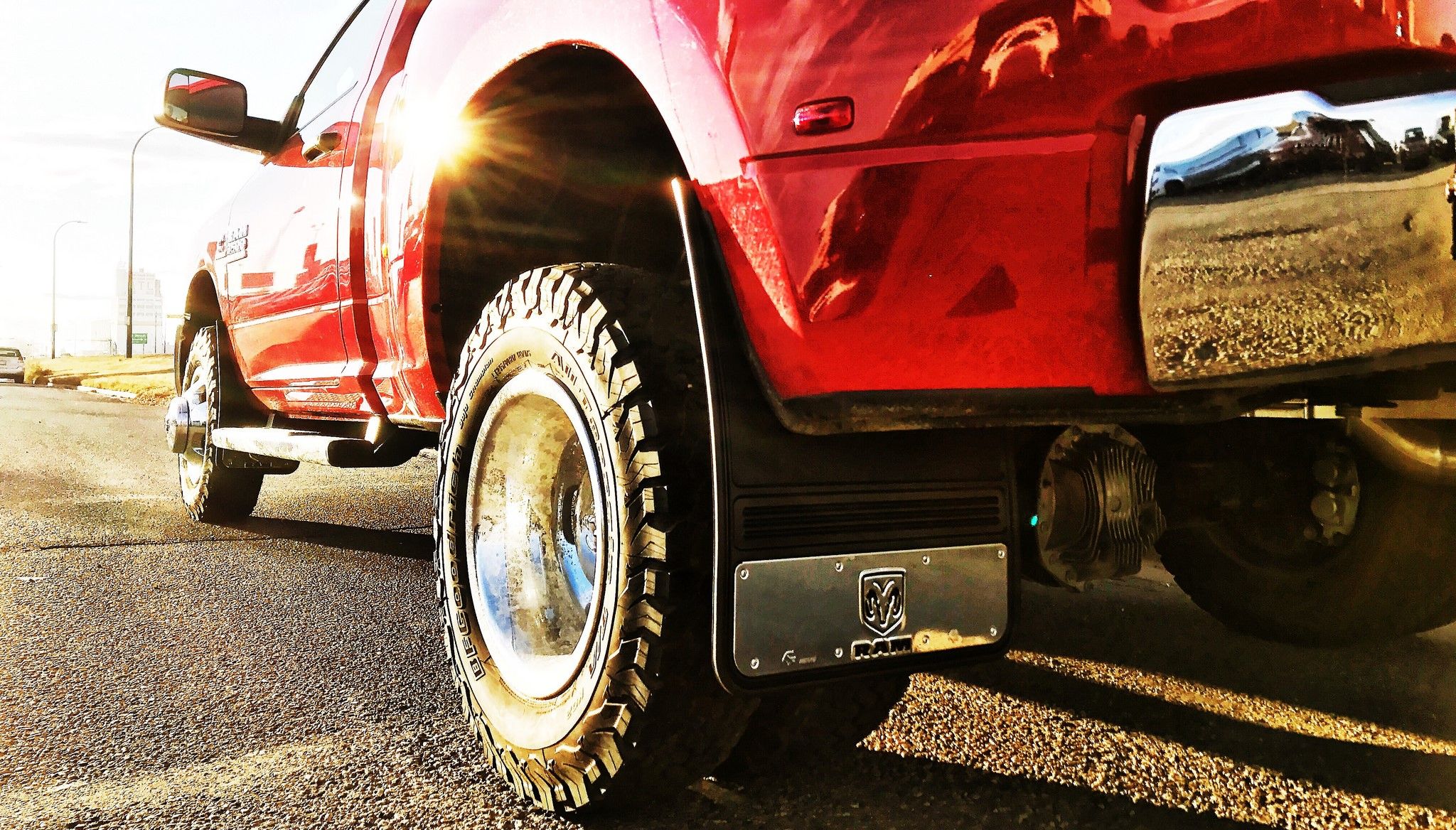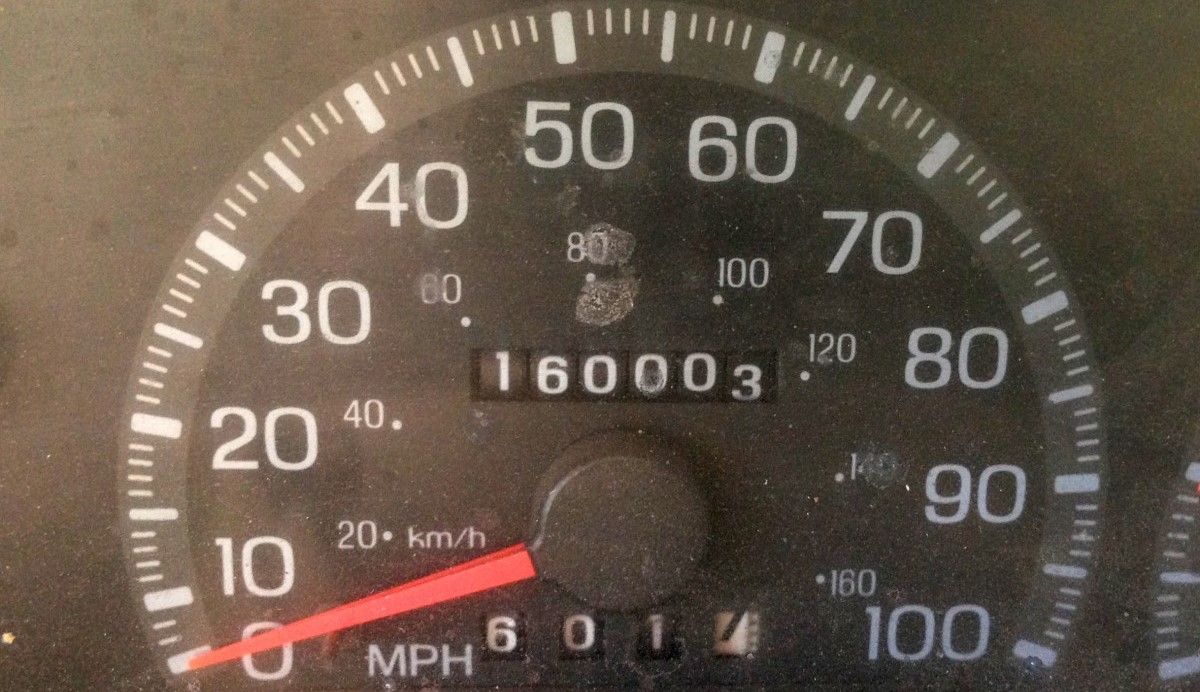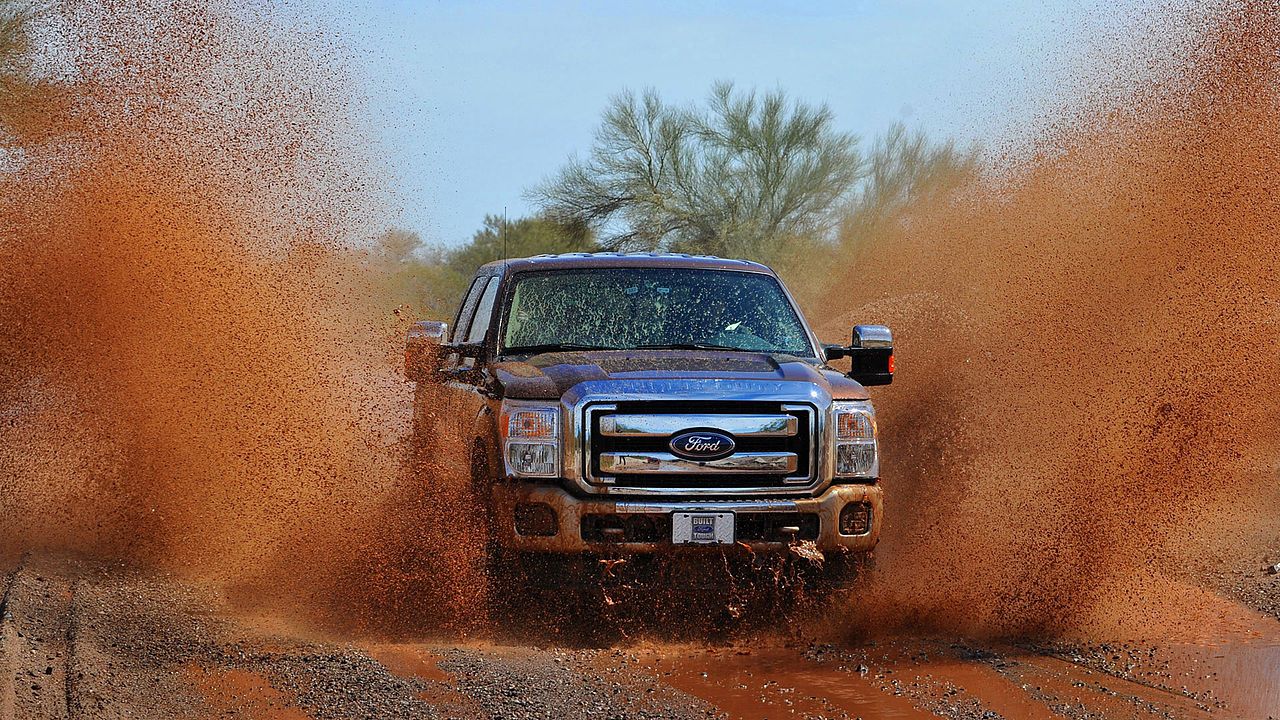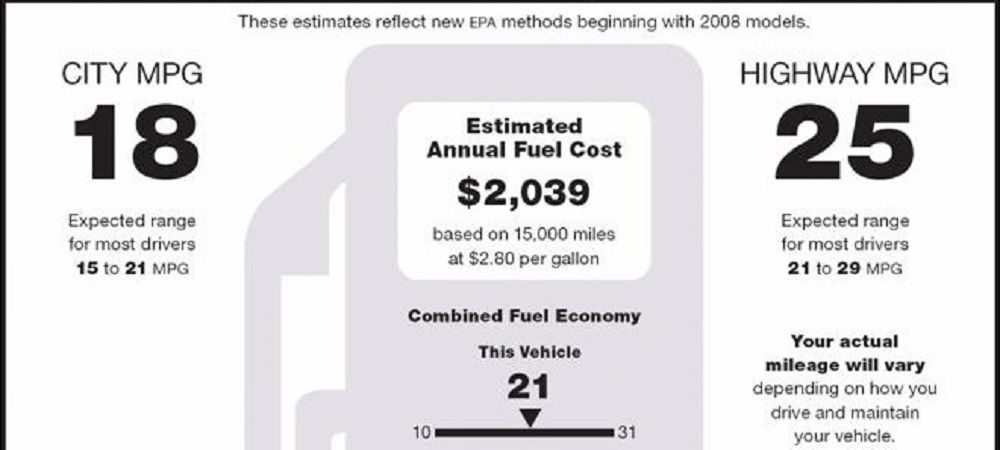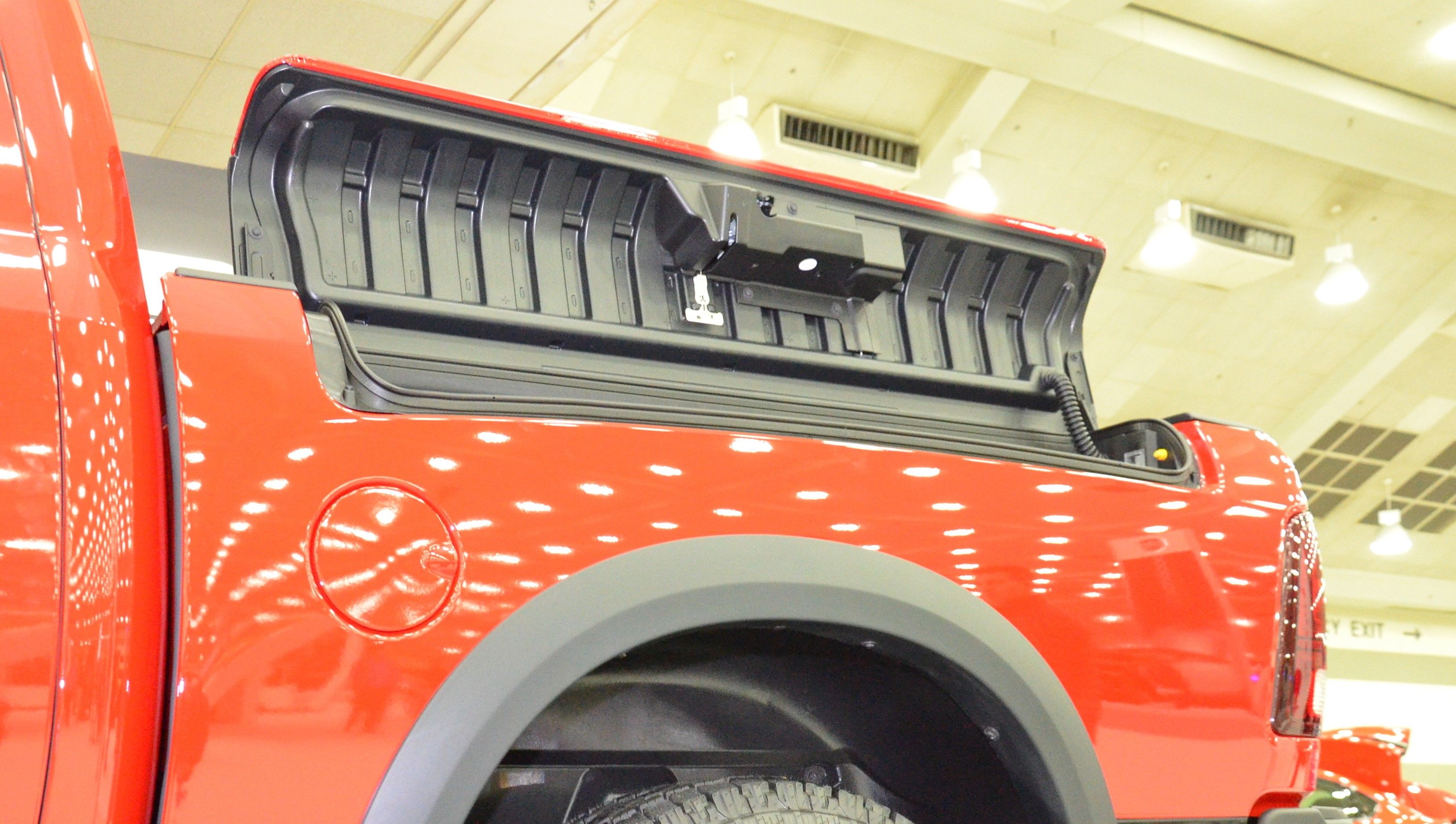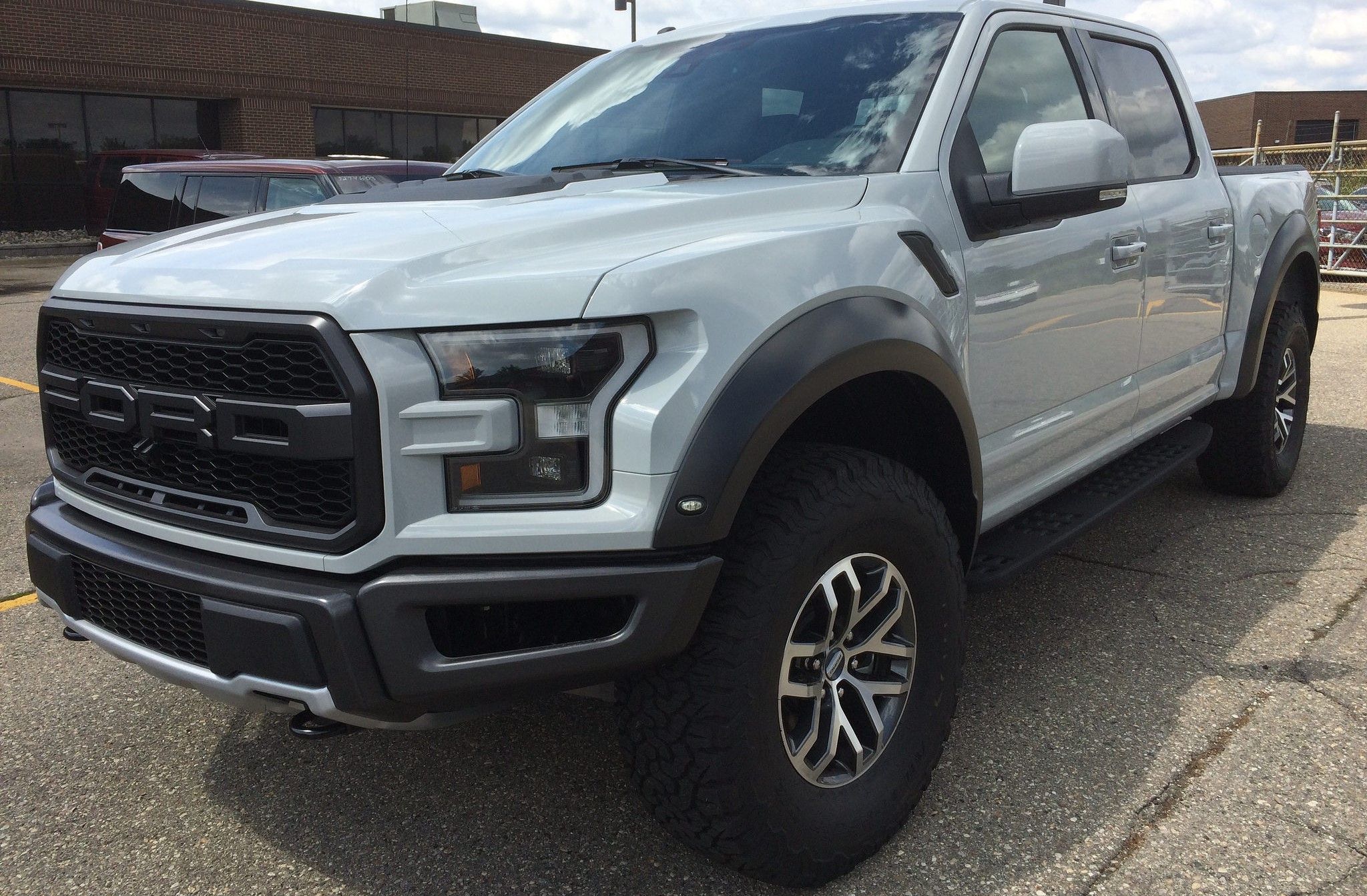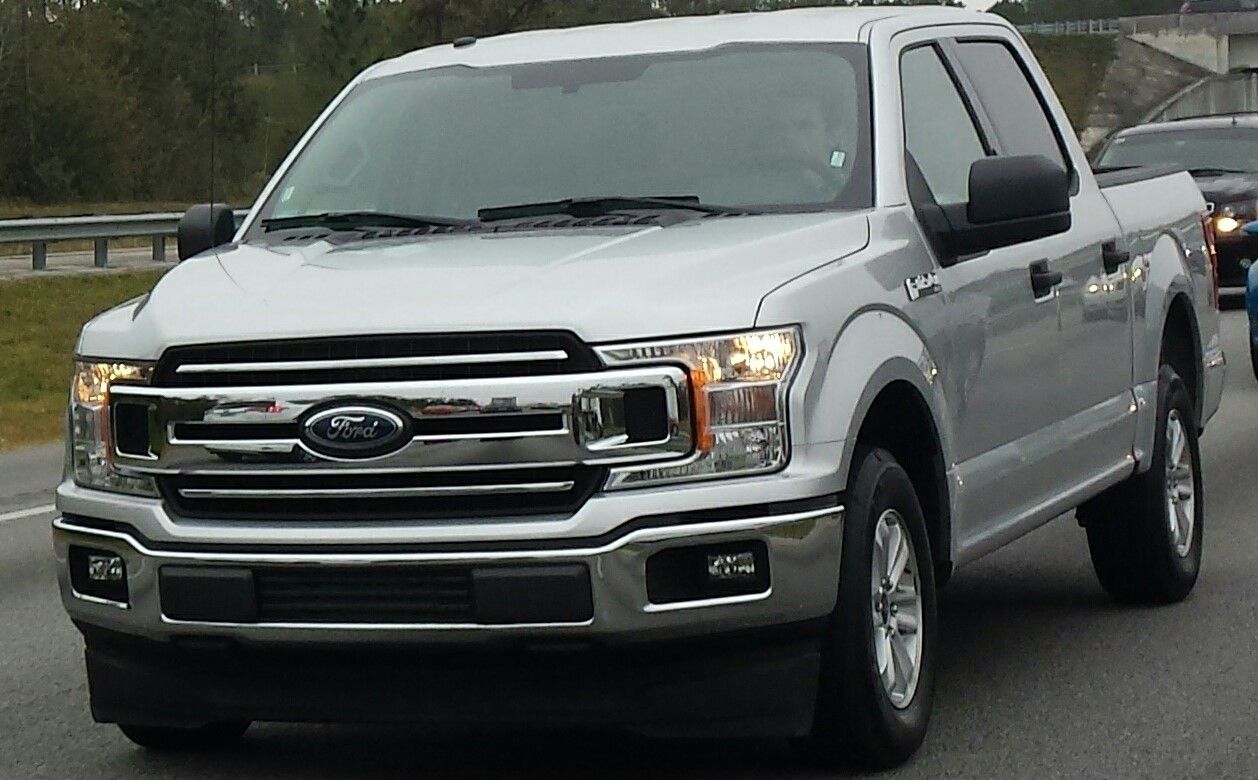There’s nothing Americans love more than full-size pickup trucks. These massive haulers rule the highways, being used as practical tow vehicles or as road-trip machines. As these trucks have entirely dominated best-selling car lists year after year, it's unsurprising that there are many reasons why people keep buying these vehicles. Buyers are drawn to these huge machines’ sheer practicality and tough attitude. Due to many of these trucks being sold almost exclusively with four doors, it’s difficult to find a more practical vehicle on the market. With expansive interiors, six-passenger capacity, and generally great visibility, full-size pickups make for excellent family haulers. Of course, pickups obviously have gigantic beds that keep everything out and away from the interior and passengers. Sure, the gas mileage can be horrific, but large gas tanks can provide a long driving range—as long as you’re willing to pay when the tank is empty.
Since the popularity of such vehicles has been constantly rising over the years, Japanese brands decided to get in on the sales. While brands like Toyota and Nissan have produced trucks for many decades, their older models were mostly compact trucks, unlike the gigantic American examples. However, in the early 2000s, the full-size Tundra and Titan were ready to fight domestic trucks on their home turf. While there are many reasons to buy those two pickups, there are still plenty of reasons to buy an American pickup instead.
17 Heavy Duty
If there’s a single hole in the Japanese truck offerings, it would be heavy-duty options. Toyota only offers the Tundra in one class of truck, and Nissan’s Titan can be had in XD trim that’s in between standard and heavy-duty trucks. However, while that may suit those who want a truck that can tow a heavy load without the drawbacks of heavy-duty trucks, it’s still not a proper heavy-duty choice. In comparison, the Big Three each offer not one, but two options for those who require the absolute highest towing capacity. Every generation of pickups, we see new models compete for the overall highest tow ratings, and there’s an obvious lack of Japanese entries in the competition. Needless to say, the Japanese trucks don’t offer the useful options that heavy-duty options include.
16 Diesel Motors
Diesel power is one of the hallmarks of American pickups. The heavy-duty trucks have been powered by oil-burning motors since the ‘80s. Newer turbo diesel engines are ridiculously powerful and yield incredible torque figures and Herculean towing ratings.
The least powerful of the bunch still produces 385-horsepower and 900 lb-ft of torque.
Even the American light-duty pickups are being offered with economic diesels. Ram already sells the EcoDiesel model, and Ford and Chevy are following suit. In comparison, Toyota doesn’t sell a diesel pickup in the US at all. Nissan does sell a stout Cummins Turbo Diesel V8; however, it’s not an economical choice, as Car and Driver observed a rather poor 18 MPG on the highway. In comparison, the less powerful Ram EcoDiesel is rated at 27 highway, and you can expect Ford and Chevy to try and surpass that number.
15 New Models
Obviously, even the most lucrative truck can’t stay popular forever. As a result, auto manufacturers will redesign their pickups to keep them fresh.
Ford recently touched up the F-150, and both Ram and Chevrolet will be releasing completely redesigned models for the 2019 model year.
These pickups will bring new features that will improve the pickup market. However, American companies tend to release new models more frequently than their competitors. Nissan created an all-new Titan only a few years ago, but it’s worth remembering the truck that it replaced. The previous Titan was discontinued in 2015 after seeing zero significant updates over its 13-year production. Alternatively, the current generation Tundra was first released in 2007 and has yet to see a major update. For comparison, the oldest American truck is the current Ram, which was first released in 2009 and currently has a scheduled replacement.
14 Dually
When it comes to extreme towing, truck buyers need a couple extra wheels to improve stability. Dually pickups, trucks with four rear wheels, have been offered since the ‘70s to improve towing capabilities. And of course, there are many people who just want the biggest and most needlessly capable pickup on the market. This type of layout is often only offered in the most capable heavy-duty pickups. As a result, the Japanese offerings don’t have a dually option. While the Nissan Titan may be offered with a more capable diesel motor, it’s still only available with single rear wheels. Toyota also doesn’t offer a dually option for their Tundra, which may seem logical given the truck’s lighter duty status. However, Toyota did build a diesel-powered dually concept Tundra, but it never reached production.
13 Reliability
This may be a controversial entry, given the world-renowned reliability that these Japanese companies are known for providing. After all, there are plenty of Toyota trucks that have well over 200,000 miles with plenty of life left in them. The Nissan Titan doesn’t seem to have a bad track record for reliability either.
And while the American brands don’t generally stack up well in comparison to foreign competitors, their heavy-duty trucks are absolutely capable of racking up countless miles.
A quick check of trucks available nationwide, ordered by highest mileage, shows far more American work trucks at the top of the list in comparison to the other brands. There are even plenty of Ram pickups with over 300,000 miles for sale, despite the brand receiving poor reliability ratings from Consumer Reports. This is might be due to the savage simplicity of these diesel workhorses.
12 Innovation
It’s hard to think of trucks as being technologically advanced vehicles. After all, many of these vehicles are still riding around on a chassis design that was originally created in a different century and are usually powered by archaic V8 motors. However, these trucks often feature some incredibly forward-thinking technology that's unavailable in other types of vehicles. GMC offers the Sierra with magnetic ride suspension, Ford sells the F-150 with a lightweight aluminum body, and the upcoming Ram is going to be offered with a hybrid system to improve the Hemi V8’s fuel economy. These simple trucks even offer the usual infotainment and safety technology that’s in some of the highest-end luxury cars. However, some of these more innovative features are absent in the Nissan and Toyota offerings.
11 Prices
Pickups can be an amazing value, given their practical nature and incredible capabilities. Even well-equipped examples can cost less than $40,000, which is quite a deal for a spacious, V8-powered vehicle with tons of storage area. There are plenty worse cars that have less to offer while costing more than some of these pickups.
However, if you need a budget pickup, it’s probably best to look towards the American offerings over the Titan and the Tundra.
Both of those have starting prices of over $31,000, while the offerings from the Big Three start at well under $30,000. While the Toyota and Nissan trucks do come standard with a V8, some people don’t need a V8. Not to mention, even some V8-powered American pickups can still be had for less than the Nissan and Toyota.
10 Off-Road Capability
If there’s something that trucks are expected to do, other than tow huge loads, it’s to be capable off-road. After all, what’s the point of having a workhorse of a vehicle if it can’t go anywhere? Despite trucks receiving a lot of credit for their off-road capabilities, not all are as capable as you’ve been led to believe.
Right now, every full-size truck offering has an off-road package that increases ride height with custom suspension and is equipped with grippier off-road tires.
While these options certainly help these trucks when the going gets tough, Toyota and Nissan only offer these basic off-road packages. If you really want a truly capable vehicle, Ford sells the Raptor, a Baja 1000 ready truck. And if you need to get through the toughest terrain that nature throws at you, Ram sells the incredible crawler that's the Power Wagon.
9 Power
What's a full-size truck without a powerful engine under the hood? While there isn’t always a need for a gigantic, stout motor to move a pickup, these vehicles aren’t always about what the owner needs. All of today’s trucks are offered with at least one V8 that displaces over 5.0-liters and produces well over 300 horsepower.
GM offers the most powerful V8 in class, with its optional 6.2-liter V8 making 420 horsepower. Ford also offers a torquey, turbocharged EcoBoost V6 in the F-150. However, the Japanese offerings just aren’t as powerful or as torquey as the American choices.
Making the problem worse are the Tundra and the Titan, each only having two engine options. If that isn’t enough, the heavy-duty pickups add even more engine choices that are even more powerful.
8 Model Range
Trucks have changed a lot over the years. Originally, they were good for nothing other than hard work. This was true all the way up until the ‘90s when Dodge released the sleek second-generation Ram that was more modern-looking than its competitors. Then, Ford offered the F-150 in a four-door, crew cab option, making it a practical family vehicle. This started the ball rolling for the luxury pickups that are currently out on the market. Today, there are pickups that can cost nearly $90,000! Thankfully, these are hardly the stripped-out work trucks of the past. At such prices, modern pickups can be true luxury vehicles without trading in their capability. However, the Tundra and the Titan aren’t available with quite as many options to compete with their ostentatious American counterparts.
7 Used Market
There’s a certain give and take to the used market and resale value. If you’re buying a new vehicle, you’ll want it to hold as much value as possible. However, if you’re in the market for a used truck, you'll want slightly worse resale value so you can afford it. The good news is that all pickups seem to have excellent resale value in general, meaning that even the worst examples will still hold plenty of value throughout many years of ownership. When it comes to the used market, the Tundra and the Titan tend to hold their value a little better than the American alternatives. On Autotrader, used Chevy and Ram trucks that are 2010 models and newer had an average price that was a few thousand dollars cheaper than the Titan and Tundra.
6 Performance
If you’re buying a new pickup truck with a powerful motor, you would hope that it has some get up and go. The American trucks can be optioned with engines that produce over 400 horsepower.
The GMC Sierra with its optional 6.2-liter V8 can go from 0-60 in around 5.6 seconds, according to Car and Driver. Likewise, Hennessy found that the current Ford F-150 Raptor can sprint to 60 in 5.3 seconds.
Such acceleration figures were once only achievable by sports cars. The Titan, being the faster of the two Japanese offerings, was only able to barely break the six-second mark in its spring to 60, and the Tundra took even longer. And if you’re looking for a fast, used truck, Ford and Dodge once offered supercar-powered pickups back in the early 2000s, with the small Tacoma X-Runner being the only Japanese alternative.
5 Heritage
If there’s one thing that attracts customers, it’s heritage. While it’s admittedly a rather shallow thing to base a purchase off of, it’s nice to know that a company has a long history with the product they’re selling. For instance, Ford, the makers of the bestselling trucks, was the first company to ever sell a pickup. Similarly, Chevy has been selling pickups since 1918. And while the Ram models have been moved to their own brand, Dodge pickups started production shortly after Chevy. Both Toyota and Nissan have long histories of their own when it comes to pickups, but they didn’t start until decades after the Americans. And while it’s certainly not a bad thing to have fresher blood in the arena, the full-size pickup was a segment created by the American brands.
4 Fuel Economy
You might not expect fuel economy to be all that important to truck buyers, but it never hurts to go further on a tank. Not to mention, given how abysmal truck gas mileage was in the past, it’s surprising how much these vehicles have improved, when equipped with the right motor.
An F-150 equipped with a 2.7-liter EcoBoost V6 is rated at 21 miles per gallon average; an unthinkable number for older models.
If you want to go even further in a pickup, the Dodge Ram 1500, when powered by the 3.0-liter EcoDiesel V6, achieved two more miles per gallon average over the F-150. In comparison, the Tundra and the Titan don’t have the economic engine options of the American trucks. As a result, The Titan achieved 18 miles per gallon average, and the Tundra only managed a measly 16 average with its most economical engine choice.
3 Practicality
Given the sheer size of these pickups, they’re expected to offer as much space as possible. Every full-size truck on the market offers a gigantic crew cab that can seat up to six passengers. Then there are the large beds that can carry anything you need while keeping it away from passengers and the fancy interior. But besides that, many of these trucks even offer fancy folding seats that expand rear storage space. However, American trucks take it further in several ways. Both Ram and Chevy trucks give owners two glove boxes. Ram even offers space behind the rear seats in Mega Cab configurations and can be equipped with lockable bedside storage boxes. Jalopnik reported that the upcoming Silverado has even more storage areas, including storage inside the rear seats. While the Tundra and the Titan have plenty of space, they don’t take it quite as far as the Americans.
2 Styling
Styling is a very subjective aspect of any vehicle, but first impressions are important. In this writer’s eyes, the American offerings are more attractive in comparison to the Japanese trucks. While the Toyota Tundra has been updated in recent years, it still reeks of age. Despite the new grille, streamlined interior, and LED lighting, it’s obvious that the Tundra hasn’t seen a proper update in over a decade. While the Titan has been updated recently, the new look has been a little controversial. The front end is a little too tall and flat in comparison to its competitors'. On the other hand, the upcoming Silverado has strong, muscular looks that are far more modern than the truck it’s replacing. And while the Ram hasn’t seen an update in a long time, the upcoming model is a thoroughly contemporary design that retains the iconic semi-truck look of the brand.
1 Awards and Reception
It’s hard to research a truck without looking up which model won the ‘Truck of the Year’ award. More often than not, American trucks tend to do well in these competitions. For the last six years straight, Motor Trend has given its Truck of the Year award to American trucks, with four of the winners being full-size pickups. Similarly, Truck Trend has also awarded the GMC Sierra with the Truck of the Year award in 2016 and 2018. While the Titan did win Truck Trend’s award in 2017, it was surpassed by the Sierra again in 2018. Paralleling this, US News, which produces vehicle scores based off outside reviews and other factors, gave the Tundra and the Titan the lowest scores out of the current lineup of full-size trucks.
Sources: Car and Driver, Jalopnik, Autotrader, Consumer Reports, Road and Track



